Shirakawago: Highlights, 2026 Winter Light-up, Access, and Hotels

Shirakawa-go is a World Heritage Site in Gifu, renowned for its scenery of traditional thatched roof homes. Learn the dates of the Shirakawa-go Winter Light-up in January - February 2026, places to visit, local dishes, and how to travel to Shirakawa from Tokyo and other major cities.
The Historic Village of Shirakawa-go

Shirakawago is a village renowned for its beautifully preserved traditional landscape, located in Gifu Prefecture in central Japan. In 1995, the village was registered as a World Cultural Heritage Site along with Gokayama in neighboring Toyama Prefecture.
The Shirakawa-go Village has about 100 buildings made in gassho-zukuri style (*1), common in agricultural villages of old Japan.
*1 Gassho-zukuri: a traditional Japanese architecture style with thatched roofs with steep slopes that resemble two hands in a prayer position.
Read on to learn about the history and highlights of Shirakawago, activities you can enjoy here, the nighttime light-up of the village in January-February 2025, and how to get to Shirakawago from major cities.
Shirakawago Travel Guide
1. Enjoy Panoramic Views of Shirakawago
2. Shirakawago Winter Light-Up: January-February 2026 Dates
3. Try Delicious Local Food
4. Tour Gassho-style Houses
5. Visit Temples and Hot Springs
6. Stay Overnight in Shirakawa-go: The Best Lodgings
7. Explore Nearby Areas: Hida-Takayama, Gero Onsen, Hida Furukawa
Weather in Shirakawa-go and What to Wear
How to Get to the Shirakawa Village and Discounted Passes
Read also
1. Enjoy Panoramic Views of Shirakawago
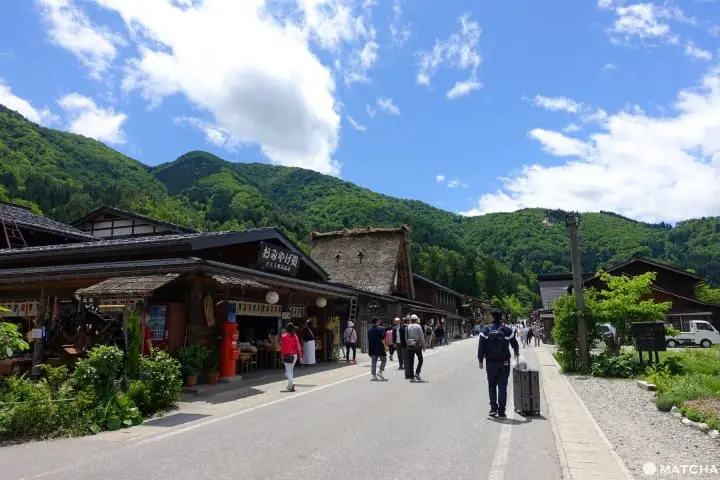
The main street of Shirakawa-go
It takes around two to three hours to walk around Shirakawago to see it in full. Stroll around the village to see gassho-style houses, souvenir shops, restaurants, and cafes. At the center of the village is the main street with many shops and other facilities.
After walking for a bit, head to a spot where you can survey the entire village.

This is the observation deck where you can take in a full view of the historic village! It’s also great for taking group photos.
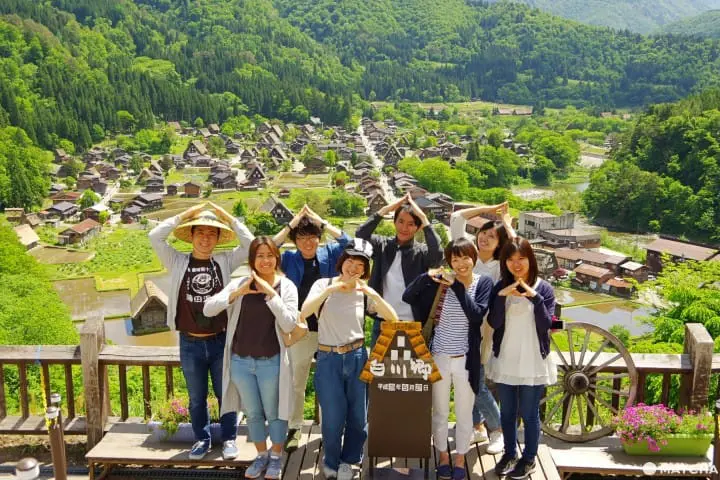
The observation deck is about a 20-minute walk along the promenade from the bus terminal. In the winter, the promenade is closed, but you can ride a shuttle bus to get from the village to the observation deck.
Shuttle buses depart every 20 minutes between 9:00 – 15:40 and cost 200 yen one-way. Buses are operated throughout the year.
Shuttle Bus Terminal Map
Hotels near Shirakawago Observatory
2. Shirakawago Winter Light-Up 2026

Shirakawago is known for its beautiful appearance during winter, when the area receives considerable snowfall. You can see the historic village in its famous snow-covered state from December to February.
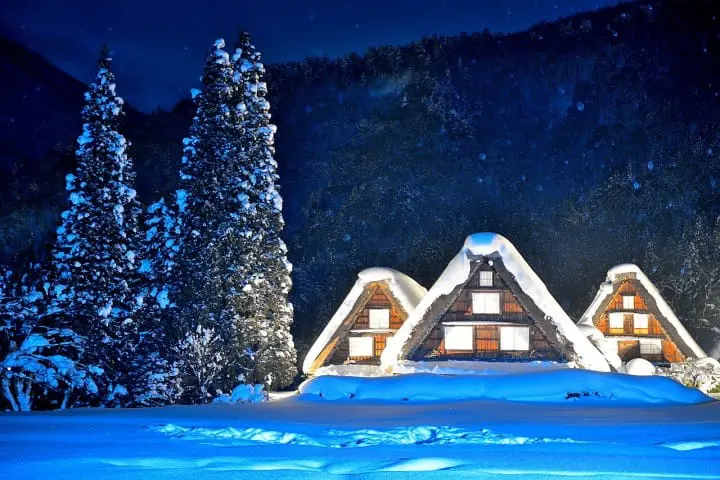
Every year in January and February, Shirakawago is lit up at night on specific days on the weekend or public holidays. Under the pitch-black winter sky, the sight of the gassho-style houses floating along with the white snow is truly enchanting.
Please note that the Shirakawag Winter Light-up can only be enjoyed with a prior reservation.
In 2026, the nighttime light-up at Shirakawago will be held on the following dates from 17:30 to 19:30:
- January 12 (Monday)
- January 18 (Sunday)
- January 25 (Sunday)
- February 1 (Sunday)

Due to the reservation-only policy, there will be restrictions on entering the village during the illumination event. If you make prior reservations for staying at a ryokan (traditional Japanese inn), parking permits, bus tickets, or bus tours, you will be able to participate.
Please refer to the details on the Shirakawa-go Tourism Association's website to learn how to book a stay for January - February 2026.
You can also book a tour that includes the 2026 Shirakawago winter light-up from the activity booking site Klook.
3. Enjoy Local Cuisine in Shirakawago
Shirakawa-go has many restaurants and food stands where you can satisfy your appetite. Below are recommended places for having a sit-down meal and snacking on during a stroll.
Hida Beef – Local Gifu Wagyu Beef

Hida-Takayama Hida Beef Skewer
Hida beef is a variety of wagyu beef from Gifu. Meat considered to be Hida beef has passed strict inspections, a smooth texture, and an exquisite taste. The cattle are raised freely in nature.
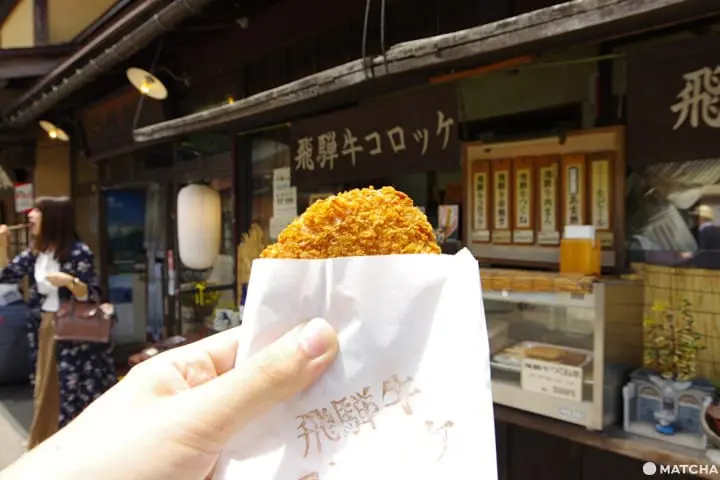
A croquette made with Hida beef
In Shirakawa, visitors will find many shops that sell grilled Hida beef skewers or croquettes for takeout. You can also eat Hida beef at restaurants.
Restaurants and places throughout Gifu Prefecture serve Hida beef in various forms, including steak, shabu-shabu (hot pot), and grilled skewers. Be sure to give it a try.
Gohei Mochi Cakes: Great for a Walk!

Mitarashi dango (mochi with a sweet soy glaze; left); gohei mochi (right)
Gohei mochi is a regional cuisine found in mountainous regions like Gifu and Toyama prefectures. To make gohei mochi, rice is mashed and formed into a flat shape before being put on skewers. It is then flavored with a salty-sweet sauce and grilled.
The sauce usually contains miso, soy sauce, and walnuts, but the ingredients vary slightly depending on the region. It can eaten right off the skewer, making it the perfect snack for a stroll.
Soba Made with Pure Water
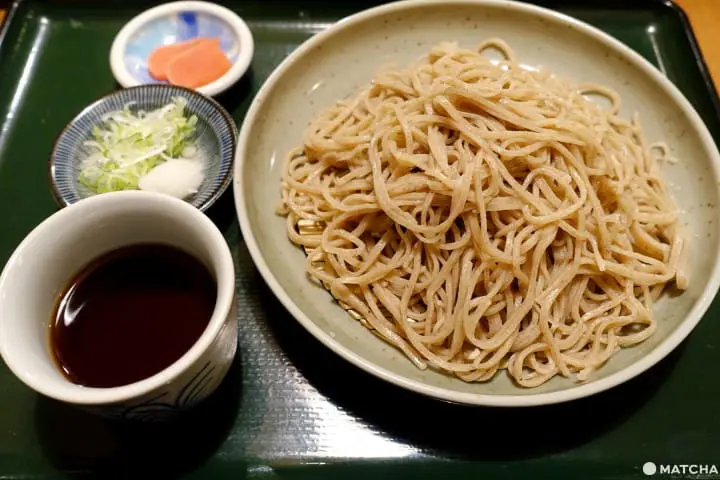
The Hida-Takayama area in Gifu, where Shirakawa-go is located, is known for its buckwheat cultivation. We recommend having zarusoba, chilled soba noodles with a delicious buckwheat aroma, or kakesoba, which comes in a warm broth with vegetable tempura.
Wakimoto in Shirakawa-go is a restaurant recommended for diners who want to enjoy Hida beef and soba noodles.
Their generously-portioned set menus, such as the Mini Grated Yam Bowl and Soba Set (*2) or the Mini Hida Beef Steak Bowl and Grated Yam Soba Set are especially popular. You can also order the dishes separately, like the Grated Yam Bowl or the Hida Beef Steak Bowl.
*2 Jinenjo: a type of Japanese yam that is not cultivated, but grown wild in the mountains. It grows straight up in the soil and has a long, narrow shape. It is commonly grated.
Traditional Cafes and Sweets

Yoze, a shop serving gelato
Shirakawa-go also has places where you can enjoy desserts and cafes in old gassho-style Japanese homes. Take a quick break when you’re tired of walking.
Popular gassho-style cafes include Ochiudo, known for delicious zenzai (a sweet red bean soup), and Kyoshu, where you can enjoy coffee in a quiet environment.
↑ Return to the top of article.
4. Tour Gassho-style Houses
Some of the houses in the village are open to the public for tours, which will allow you an up-close look at the lives of people in Japan in the past.
Wada House
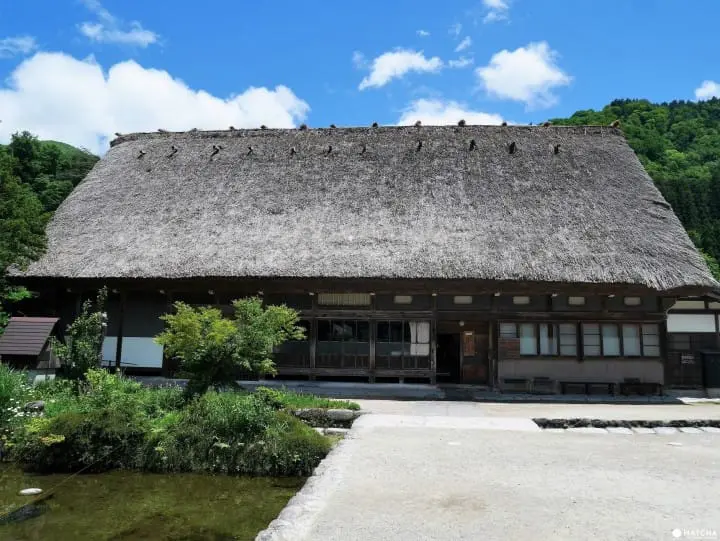
The Wada House is a gassho-style home. It is the largest in the village and is designated as an Important Cultural Property of Japan.
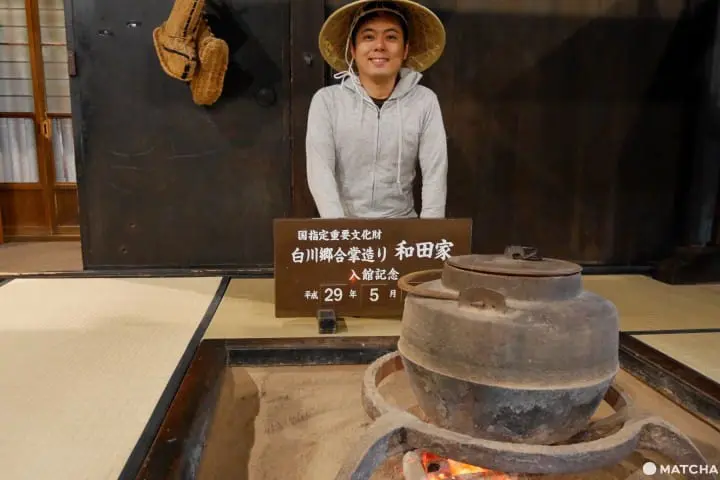
Be sure to take a picture in front of the sunken hearth!
The house is still used as a residence, but the first and second floors are open for tours. The sunken hearth on the first floor is lit all year round, making the surroundings feel very cozy. Admission costs 300 yen for adults and 150 yen for children.
Hotels near Wada family
Kanda House
The first through fourth floors of Kanda House are open for public viewing. Its magnificent beams and pillars are incredible and a must-see.
Wild grass tea that is served for free is another fun part of the house. The tea is made with water heated in an iron kettle on the hearth. Admission is 300 yen for adults and 150 yen for children.
5. Visit Temples and Hot Springs

Myozenji Temple
Myozenji Temple, designated as an Important Cultural Property by Gifu Prefecture, also offers tours of its buildings and a chance to see its old tools. The temple boasts the largest thatched roof in the village, leaving a lasting impression on all visitors.
Hotels near Meizenji Temple
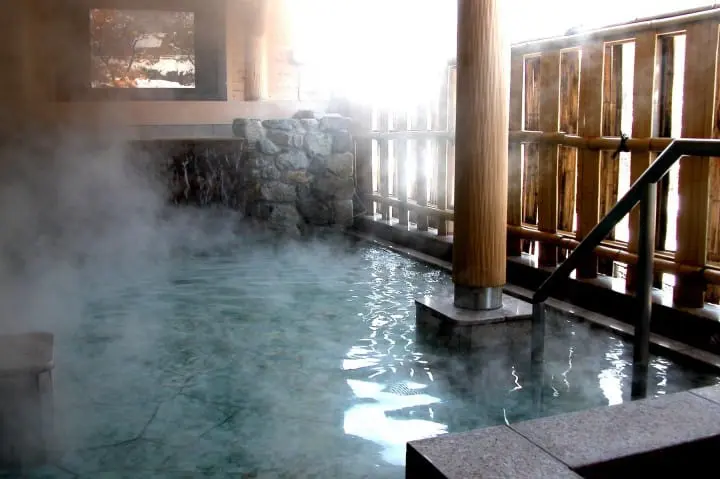
Picture courtesy of Shirakawa-go no Yu
We also recommend Shirakawa-go no Yu as a perfect way to end the day. Here, you can unwind and relax in a natural hot spring. From the open-air baths, you can enjoy the breathtaking view of the river flowing below. Admission fees are 700 yen for adults and 300 yen for children aged six to twelve (junior high school students).
↑ Return to the top of article.
6. Stay at a Gassho-style Home: Lodgings in Shirakawago
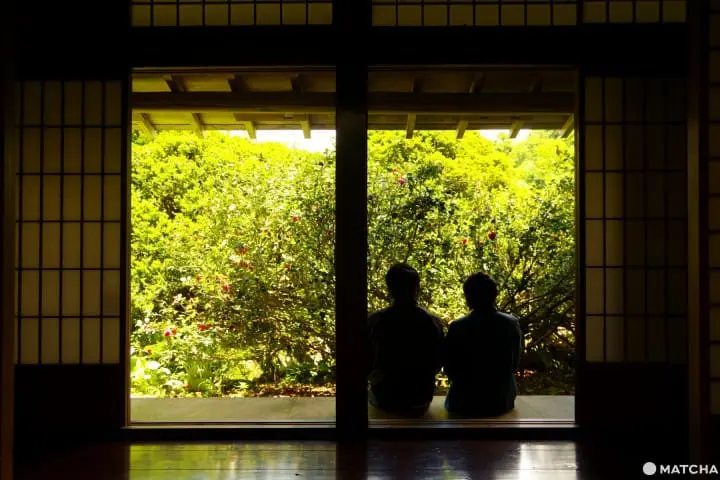
Shirakawa-go can be enjoyed in one day, but it’s also a good option to stay at a private home in the village. There are also traditional homes you can stay at that will create a uniquely Shirakawa-go experience.
Refer to the following website for a list of lodgings: https://shirakawa-go.gr.jp/en/stay/

Picture courtesy of Booking.com
If you wish to enjoy the hospitality of a ryokan (Japanese inn), we recommend staying at Shiroyamakan.
This inn has garnered a reputation for the delicious food served here and is managed by a family who has lived here for many generations. The building itself has a long history and was designated as an Important Traditional Building.
Check room availability at Shiroyamakan
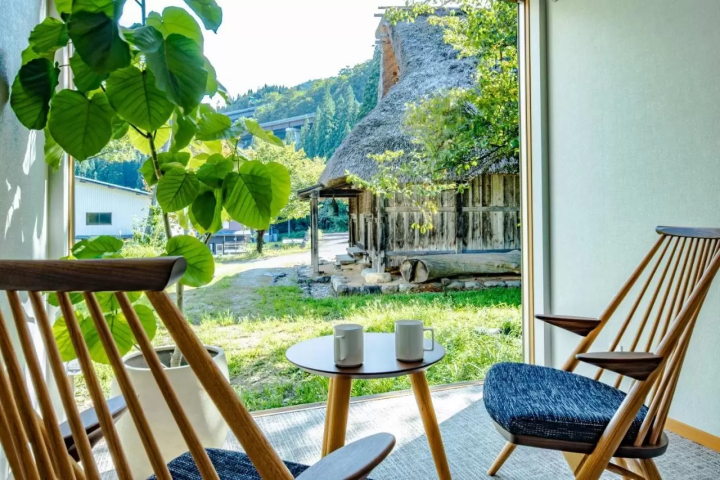
Picture courtesy of Booking.com
If you prefer comfort and modern amenities, we recommend CURIO Shirakawa-go, a hotel that opened in 2022 in the Shirakawa Village.
Guest rooms are bright and clean, featuring a modern atmosphere. It takes about 20 minutes on foot to reach the heart of Shirakawa-go from the hotel. This hotel is ideal for those who wish to enjoy a leisurely stay in peaceful surroundings.
Check room availability at CURIO Shirakawa-go
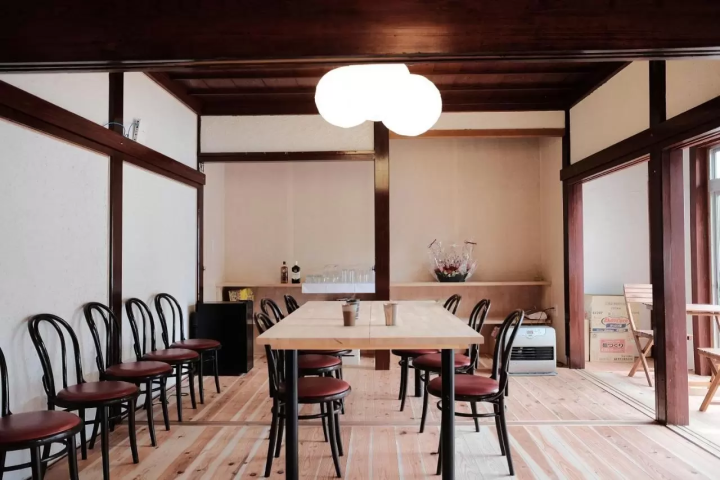
Picture courtesy of Booking.com
If you're looking for budget-friendly accommodation, we highly recommend Shirakawa-go Guesthouse KEI. A one-night stay for one person starts at just 3,000 yen per night.
This guesthouse is located only 20 minutes on foot from the center of Shirakawa-go. Guests receive a full range of facilities and services, including a shared kitchen, free parking, and free towel rentals. It also has English-speaking staff, so guests can have a worry-free stay.
Check room availability at Shirakawa-go Guesthouse KEI
For other lodging recommendations, please refer to the article linked below.
7. Explore Nearby Areas: Hida-Takayama, Gero Onsen, Hida Furukawa
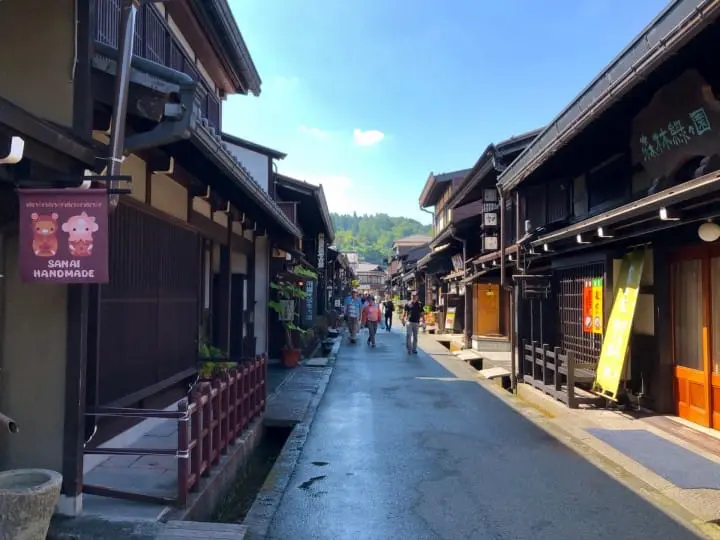
The streetscape of Hida-Takayama
There are several major tourist destinations near Shirakawa-go.
Hida-Takayama is an area nicknamed “Little Kyoto of Hida” for its charming traditional townscape. Hida Takayama is where you can visit a morning market with a history starting from the Edo period.
If you wish to visit the Shirakawa Village and Takayama on a day trip, consider booking the bus tour linked below.
Gero Onsen, a hot spring resort considered one of the three highest-quality hot springs in Japan, is another famous location in the area.
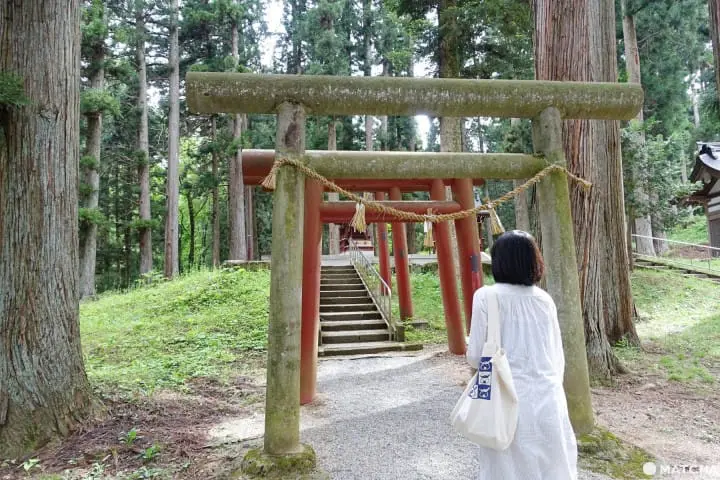
Keta Wakamiya Shrine in Hida Furukawa, a shrine featured in “Your Name.”
There are also several other places to see like Okuhida Onsenkyo, a hot spring area scattered with five hot springs in the mountains, and Hida Furukawa, a town that was the model for the popular animated film “Your Name.” The area is easily accessed from Kanazawa in Ishikawa Prefecture, another popular sightseeing area.
If you’ll be traveling around Shirakawa-go, Hida-Takayama, Kanazawa, or the Toyama area, then use the JR Takayama-Hokuriku Area Tourist Pass (5 days) to save on transportation costs.
↑ Return to the top of article.
Weather in Shirakawa-go and What to Wear

As the Shirakawa-go area is in the mountains, it has a cooler climate throughout the year in comparison to Tokyo and Osaka.
Shirakawa-go receives substantial snow from December to February, with a low of zero degrees Celsius on most days. It is best to visit while protecting yourself against the cold. Even during the summertime (around July to September), the temperature will reach a maximum of 30℃ or 20℃ at the lowest, so it is suggested to bring a long-sleeved outer garment with you.
9. How to Get to Shirakawa-go

Hokuriku Shinkansen
Read on to learn how to get to Shirakawa-go from major cities. If you are traveling from Tokyo or Osaka, please note that you will need to make a transfer.
From Kanazawa
Shirakawa-go is directly accessible from Kanazawa via bus. Board the Nohi Bus on the Takayama-Shirakawa-go/Kanazawa Route from Kanazawa Station. Get off at the Shirakawa-go stop (about one hour and 20 minutes; 2,600 yen).
From Nagoya
Nonstop buses for Shirakawa-go also depart from Nagoya. Take the Gifu Bus on the Express Shirakawa-go Route from the Meitetsu Bus Stop in front of Nagoya Station. Alight at the stop for Shirakawa-go (about two hours and 40 minutes; around 3,000 yen).
From Tokyo
There are no direct trains or buses from Tokyo, so you will need to make at least one transfer.
Ride the Hokuriku Shinkansen from Tokyo Station and get off at either Toyama or Kanazawa Station (about two hours and a half to three hours; 12,760 – 14,180 yen). Transfer to the Nohi Bus on the Takayama-Shirakawa-go/Kanazawa Route, then exit at Shirakawa-go (about one hour and 20 minutes for 2,400 – 2,600 yen).
From Osaka
Ride the Limited Express Thunderbird from JR Osaka Station, then exit at Kanazawa Station (about two hours and 40 minutes; 7,590 yen). Transfer to the Nohi Bus on the Takayama-Shirakawa-go/Kanazawa Route, then exit at Shirakawa-go (about one hour and 20 minutes; 2,600 yen).
Use the Convenient JR Hokuriku Arch Pass
The JR Hokuriku Arch Pass is a rail pass jointly operated by JR East and JR West, which allows you to travel around the Hokuriku region, including Kanazawa and Toyama, from Tokyo and Osaka. You can travel from Tokyo to Kansai via the Hokuriku region or vice versa.
Within the designated area, you can have unlimited rides on the Hokuriku Shinkansen (Tokyo to Kanazawa), and on regular designated and unreserved seats on JR East and JR West limited express, express, and local trains (including New Rapid and Rapid services) for 7 days.
In addition, you can also use it on Tokyo Monorail and Noto Railway (between Nanao and Wakura Onsen). You can purchase it online or at domestic ticket counters in Japan, but if you purchase it from a designated JR sales agent overseas, you can get a discount of 1,000 yen.
If you travel from Tokyo to Osaka and want to visit Shirakawa-go and Takayama on the way, use the JR Hokuriku Arch Pass (7 days, 24,500 yen) to save on transportation.
↑ Return to the top of article.
Visit Shirakawa-go
Visitors can spend an entire day experiencing traditional culture in Shirakawa-go. Go and take in the relaxed pace of the agricultural village together with the centuries-old architecture.
Enjoy the best of Shirakawa-go and use this article to help plan your trip.
Read also
Main image by Pixta
Born in Yamagata Prefecture. I have experience working in community development at the foot of Mt. Fuji and PR for local products across the country, and am currently working in Tokyo to disseminate information about Yamanashi Prefecture. A mother of one who loves local gourmet food and alcohol.








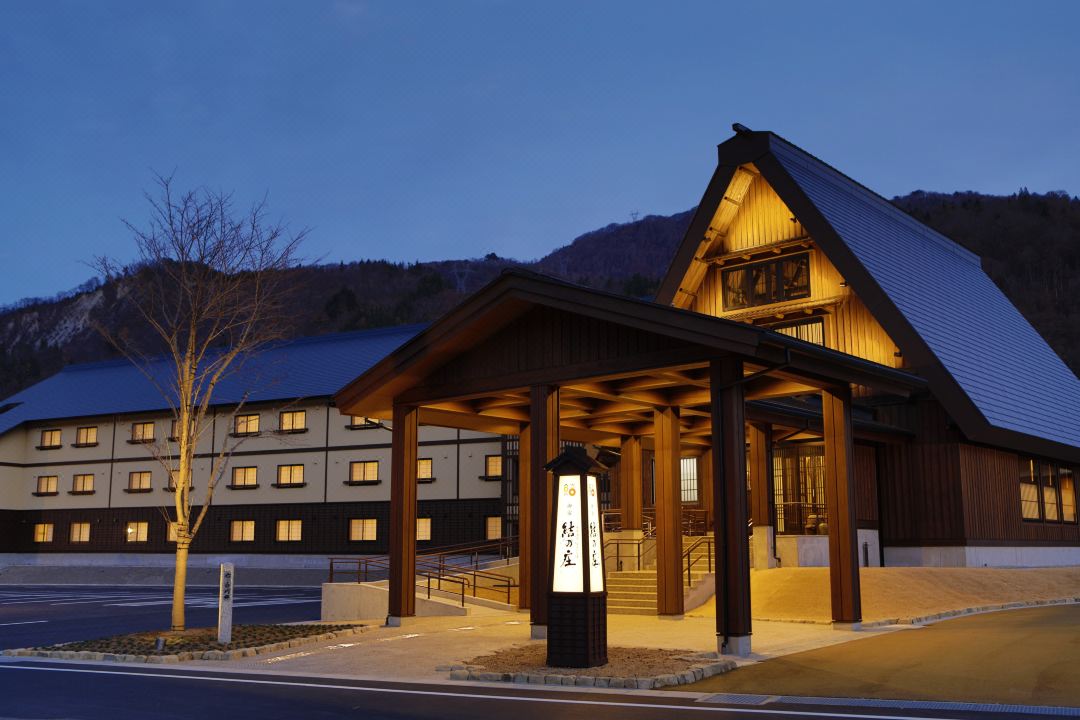
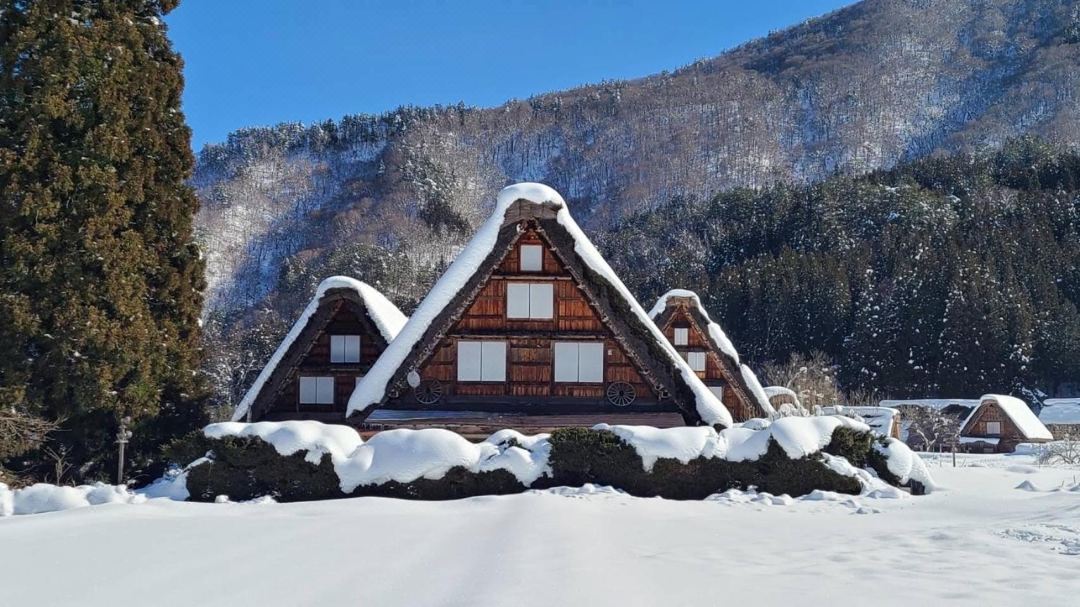










































![[Traveling with a baby in Japan] Directly connected to the station! Rent a stroller at JR EAST TRAVEL SERVICE CENTER](https://resources.matcha-jp.com/resize/720x2000/2024/12/03-213323.webp)
![[2025] 4 Recommended Spots for Viewing Autumn Leaves in Tokushima, Naruto| Best Time to See, Highlights, and Access](https://resources.matcha-jp.com/resize/720x2000/2025/11/28-251301.webp)
![[During Your Kumano Trip] Cape Shionomisaki Tourist Tower](https://resources.matcha-jp.com/resize/720x2000/2025/11/05-249097.webp)
![[TICKET INTRODUCTION] Small Worlds Miniature Museum](https://resources.matcha-jp.com/resize/720x2000/2025/11/28-251446.webp)
![[Yamanashi, Yatsugatake] A specialty of the Kiyosato Plateau! Seisenryo soft serve ice cream🍦](https://resources.matcha-jp.com/resize/720x2000/2024/03/19-173634.webp)